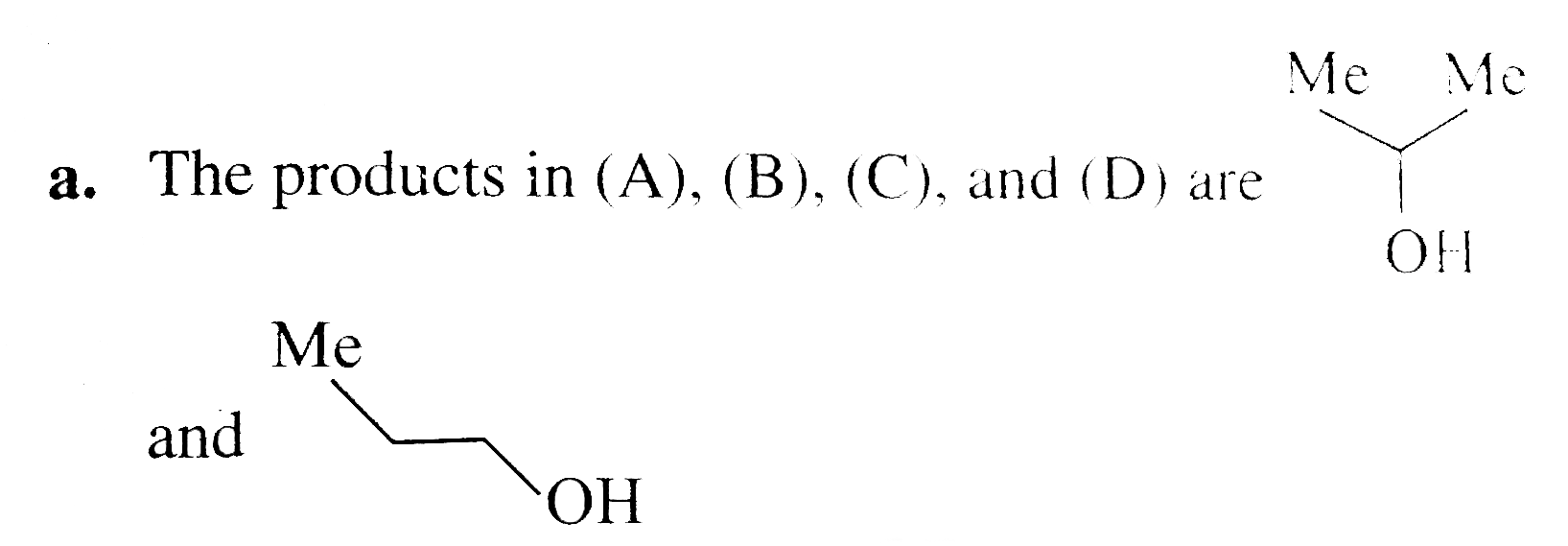Explore topic-wise InterviewSolutions in .
This section includes InterviewSolutions, each offering curated multiple-choice questions to sharpen your knowledge and support exam preparation. Choose a topic below to get started.
| 23501. |
Which of the following theory, is not related to chemical kinetics ? |
|
Answer» COLLISION theory |
|
| 23502. |
Which is correct about saccharin ? |
|
Answer»
|
|
| 23503. |
Which of the following is the correct representation of 1-amino acids? |
|
Answer»
|
|
| 23504. |
What are interstitial compounds ? Give example. |
| Answer» Solution :When SMALL atoms like C, H, B and N OCCUPY INTERSTITIAL site in their lattice. Example, TiC, `Fe_(3)H_(3)` | |
| 23505. |
Which of the following systems are conjugated? |
|
Answer» |
|
| 23506. |
Which of the following is not optically active? |
|
Answer» cis - `[Rh(en)_(2)Cl_(2)]` |
|
| 23507. |
Which of the following reaction is a part of Hall's process? |
|
Answer» `Al_(2)O_(3)+2NaOH to 2NaAlO_(2)+H_(2)O` |
|
| 23508. |
Which of the following orders is/are incorrect ? |
|
Answer» `H_3PO_4 gt H_3PO_3 gt H_3PO_2`(reducing character) (B)+1 lt +2 lt +3 lt +5 (C )down the group the availability of lone pair of electrons DECRESES as they are present in more concentrated s-orbital (D)As down the group bond energy decreases, the removal of H becomes easier. so correct order is `SbH_3 gt AsH_3 gt PH_3 gt NH_3` |
|
| 23509. |
Which of the following are correctly matched ? |
|
Answer» Butter-gel |
|
| 23510. |
What electron transition in the He^(+) spectrum would have the same wavelength as the first Lyman transition of hydrogen. |
|
Answer» |
|
| 23511. |
What is the use of Clark's method? |
|
Answer» REMOVE temporary hardness of water by adding quick LIME or SLAKED lime |
|
| 23512. |
Which element occurs in native state |
|
Answer» I |
|
| 23513. |
Which of the following orders is true regarding the acidic nature of phenol? |
|
Answer» Phenol `gt`O-cresol `gt`O-NITROPHENOL |
|
| 23514. |
Which one of the following is not a method of concentration of metals? |
|
Answer» gravity separation |
|
| 23515. |
Which of the follwing compounds will undergo Friedel Creadfts alylation with faster rate? |
|
Answer»
But `ED` power of `(-NH_(2))` (by resonance) is greater than `(-CH_(3))` (by hyperconjugation). But anilline does not undergo `F.C` reaction. Therefore, in (a) three `H.C` STRUCTURES. In (c) one `H.C` STURCTURES. in (d),`(-NO_(2)) EWG, F.C` reaction does not take place. So in (b) `F.C` reaction is FASTED. |
|
| 23516. |
Write the IUPAC name of the following CH_(3)-underset(CH_(3))underset(|)overset(CH_(3))overset(|)(C)-OH |
| Answer» SOLUTION :2-Methylpropan-2-ol. | |
| 23517. |
What are the demerits of Werner's theory? |
|
Answer» SOLUTION : (1) The theory is not BASED on electrons. (2) It does not explain how a NEGATIVE ligand can satisfy both primary and SECONDARY valencies of a central metal ion. |
|
| 23518. |
Write the chemical equation for the preparation of toluene by Wurtz-Fittig reaction. |
Answer» SOLUTION :
|
|
| 23519. |
Which of the following statement(s) is/are correct regarding Ni(CO)_(4)? (P) It has tetrahedral geometry. It is diamagnetic in nature. (R ) It has all Ni-C bonds of equal length. |
| Answer» Answer :D | |
| 23520. |
Which of the following compounds will give significant amount of meta- product during mononitration reaction? |
|
Answer»
|
|
| 23521. |
Which of the following sets of diseases is caused by bacteria? |
|
Answer» Malaria |
|
| 23522. |
When aniline is heated with chloroform and alcoholic KOH, a foul smelling product is formed. It is : |
|
Answer» CARBYL cyanide |
|
| 23523. |
What is DDT among the following |
|
Answer» GREENHOUSE gas |
|
| 23524. |
Which are is biomolecule ? |
|
Answer» Carbohydrates |
|
| 23525. |
When n-butyl magnesium iodide is treated with water the product is : |
|
Answer» ISO butane |
|
| 23527. |
Whichof the following is used as antiseptic in medicated soaps ? |
| Answer» Answer :D | |
| 23528. |
Which of the following ore is oxide ore ? |
|
Answer» Malachite (B) Cuprite : `Cu_(2)O …` oxide (C ) Calamine : `ZnCO_3` (D) Zinc blends : ZnS |
|
| 23529. |
The root mean square speed of oxygen at 27^(@)C is 760 cm s^(-1). The root mean square speed of hydrogen at the same temperature will be : |
|
Answer» 3040 cm `s^(-1)` `:. mu ( H_(2)) = mu ( O_(2)) XX 4 ` `= 760 xx 4 = 3040cm s^(-1)` |
|
| 23530. |
Which of the following statement(s) is/are with true ? |
|
Answer» Soluble bicarbonates give white precipitate with `MgCI_(2)` in cold b.`Ca(HCO_(3))_(2) + 2NH_(3) rarr (NH_(4))_(2) CO_(3) + CaCO_(3) darr` c. True STATEMENT d. `CO_(3)^(2-) + 4Hg^(2+) + 3H_(2)O rarr Hg_(4)O_(3)CO_(3) darr` (reddish brown ) or `HgCO_(3),3HO + 6H^(o+)` |
|
| 23531. |
When phenol is reacted with CHCl_3 and NaOH, followed by treatment with LiAlH_4 gives |
|
Answer» m-hydroxy METHYL phenol |
|
| 23532. |
Two litres of ammonia at 30^(@) C and 0.90 atmosphere pressure neutralised 134 mL of a solution of sulphuric acid . Calculate the normality of the acid . |
|
Answer» Solution :Volume of `NH_(3)" at NTP "= (0.9 xx 273)/(303) " lit " = 1.62 ` lit . ` :. ` numbers of moles of `NH_(3)= (" volume at NTP (litres)")/(22.4)` ` = (1.622)/(22.4) = 0.0724` Number of equivalents of `NH_(3)` = number of moles `xx` factor relating mol.e wt . eq.wt . ....(Eqn. 6ii) ` = 0.0724` `{:( :."ACCORDING to the reaction "2NH_(3)+H_(2)SO_(4)to(NH_(4))_(2)SO_(4)) ,(" eq. wt of " NH_(3)"is equal to its mol.wt"):}` ` :. ` m.e of `NH_(3) ` = equivalent xx1000 ` = 0.0724 xx1000 = 72.4` Let the normality of `H_(2)SO_(4)` be N ` :. ` m.e of `H_(2)SO_(4) = N xx 134` Now m.e of `H_(2)SO_(4) ` = m.e of `NH_(3)` ...(Eqn.2) ` 134 xx N = 72.4` ` :. ` normality of `H_(2)SO_(4) = (72.4)/(134)` ` = 0.54 N ` |
|
| 23533. |
When conc. H_2SO_4comes in contact with sugar, it becomes black due to |
|
Answer» hydrolysis |
|
| 23534. |
Whichone of thefollowing compounds is not aromatic ? |
|
Answer»
|
|
| 23535. |
Which of the following absorbs carbon dioxide and releases oxygen ? |
| Answer» Solution :Equation: `2KO_(2) + CO_(2) to K_(2)CO_(3) + 3//2O_(2)` | |
| 23536. |
Which one of the following is moderately basic? |
|
Answer» `SO_(2)` |
|
| 23537. |
Which of the following is/are non-reducing sugars? |
|
Answer» Fructose |
|
| 23538. |
Which type of hybridisation is present in iodine pentachloride ? |
|
Answer» `SP^(3)d^(2)` |
|
| 23540. |
Which is not correct regarding copper sulphate ? |
|
Answer» It reacts with NAOH and glucose to give |
|
| 23541. |
Which one of the following is diamagnetic? |
| Answer» Answer :D | |
| 23542. |
Which of the following compounds will give positive iodoform test? Butan-1-ol, Butan-2-ol, tert- butylalcohol, Ethanol, Propanal, Propanone, Butan- 2-one, Pentan-3-one, Cyclohexanone, 1-Methyl- cyclohexanol, 1-Phenyl ethanol, 2-Phenylethanol. |
| Answer» SOLUTION :Butan-2-ol, ETHANOL, Butan-2-one, PROPANONE. | |
| 23543. |
Which is not a silver ore ? |
|
Answer» Argentite |
|
| 23544. |
Which of the following statement is not true aboutH_(2)Oand D_(2)O |
|
Answer» DIELECTRIC CONSTATN of `d_(2)o` is less than thatof `h_(2)o` |
|
| 23545. |
When orange solution containing CrO_(7)^(2-) ion is treated with an alkali, a yellow solution is formed and when H+ ions are added to yellow solution, an orange solution is obtained. Explain why does this happen? |
|
Answer» Solution :On adding an alkali, `CrO_(7)^(2-)` is CHANGED to `CrO_(4)^(2-)` which is yellow in COLOUR. On adding an acid to `CrO_(4)^(2-)`, it is converted to `Cr_(2)O_(7)^(2-)`, which is orange in colour. This can be represented as under `UNDERSET(("orange colour"))underset("Dichromate ion")(Cr_(2)O_(7)^(2-))OVERSET(OH^(-))underset(H^(+))iff underset(("yellow colour"))underset("Chromate ion")(CrO_(4)^(2-))` |
|
| 23546. |
Which among the following can be a chiral center ? |
|
Answer» `C^(+)` of a carbocation |
|
| 23547. |
When iodoform is heated with silver powder it forms : |
|
Answer» Acetylene |
|
| 23548. |
Which of the following hexoses will form the same osazone when treated with excess phenylhydrazine ? |
|
Answer» D-glucose , D-fructose and D-galactose |
|
| 23549. |
Write the general formula of Zwitter ionic form of an amino acid |
|
Answer» SOLUTION :Zwitter ionic FORM of an amino acid is `R-underset(""^(o+)NH_(3))underset(|)(CH)-overset(O)overset(||)C-O^(-)" OR "R-underset(Noverset(+)H_(3))underset(|)overset(H)overset(|)C-COO^(-)` |
|
| 23550. |
Which statement(s) is/are correct about the reaction: |
|
Answer»  The reagents in (E), (F), and (G) do not rect with epoxides. |
|





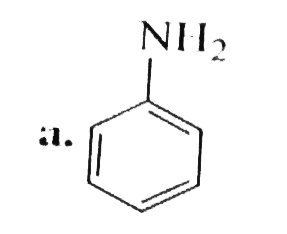
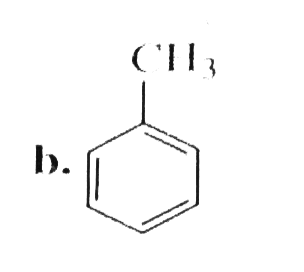
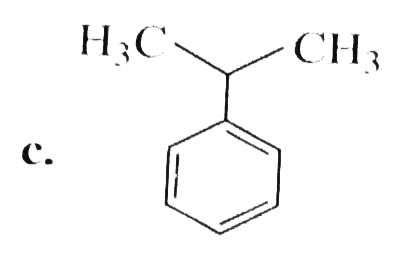

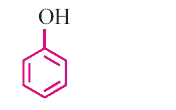
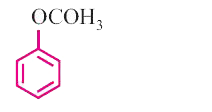

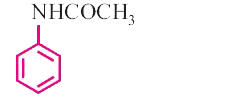


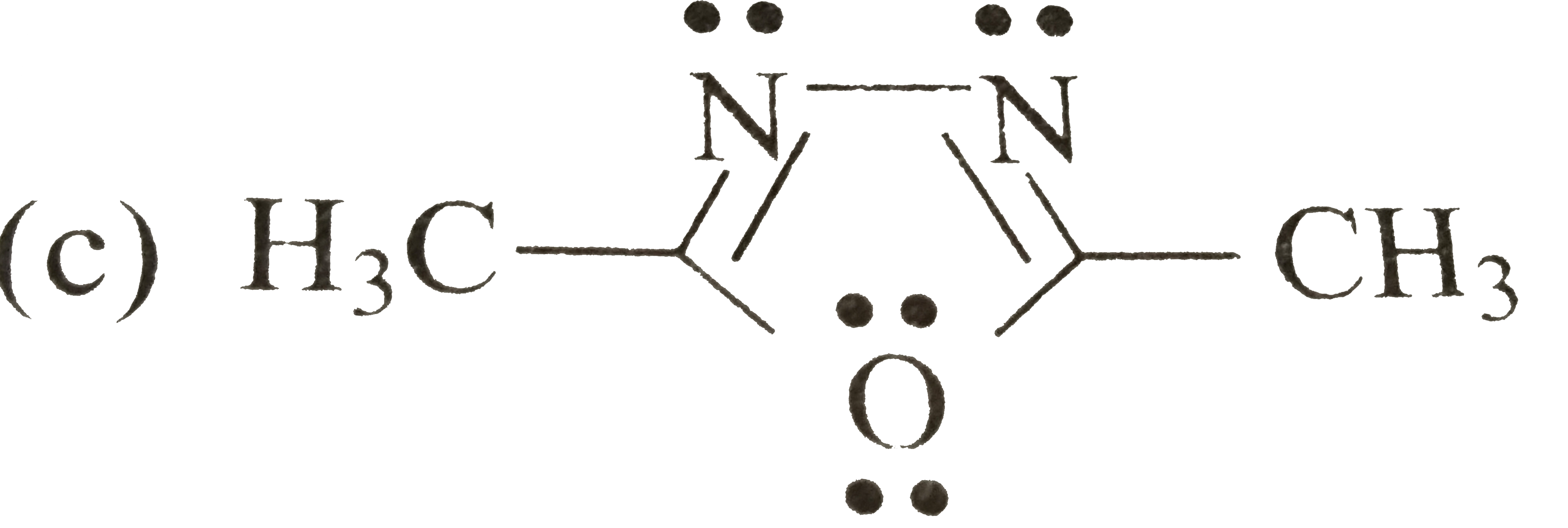
 </p>Answer :B)
